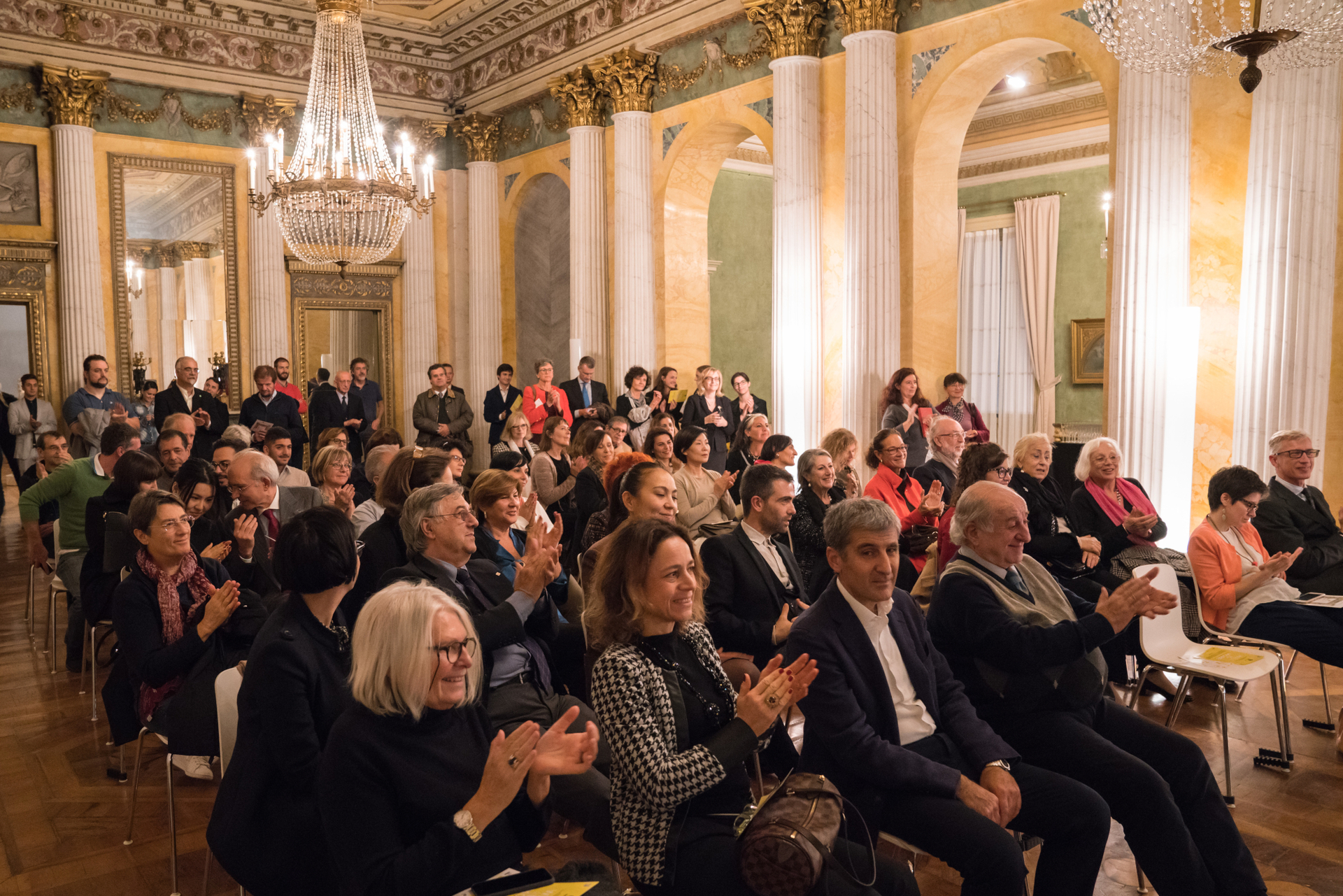Elvira Keller
Shapes and colours, from Faenza to NaplesElvira Keller is a talented ceramist, whose work blends craftsmanship, design and contemporary art. The shapes and colours of her works recall her ...
Elvira Keller is a talented ceramist, whose work blends craftsmanship, design and contemporary art. The shapes and colours of her works recall her belonging to Faenza, where she studied ceramics and she currently lives, and Naples, where she was born. Her potteries indeed range between objects with sharp, strict shapes (such us the series “En tout cas”, where the pure and white majolica – the main material of the Faentine tradition – meets ironic and playful motifs) and more organic, raw and textured works (such as the stilt houses, which seem to raise spontaneously and accidentally from the clay, or the “Ex voto”, which recall, with their bright colours, the roots of Elvira). What I find interesting isher inclination for installations, both made with more objects or as unique pieces.





Karolina Bednorz
Minimal shapes and conceptual clarityKarolina Bednorz is a young ceramist of Polish descent. She makes potteries available in limited series, mainly objects for the kitchen and for the ...
Karolina Bednorz is a young ceramist of Polish descent. She makes potteries available in limited series, mainly objects for the kitchen and for the house, as well as jewellery, characterised by simple lines and a minimal yet playful style, where the white colour of the porcelain blends with pastel shades: these are unique pieces, which stand out for their quality and conceptual clarity. She is currently going through a research phase, given her young age: she founded a co-working space in Modena, thus demonstrating to be able to join her technical and artistic abilities with management skills.
Elvira Keller
Shapes and colours, from Faenza to NaplesElvira Keller is a talented ceramist, whose work blends craftsmanship, design and contemporary art. The shapes and colours of her works recall her ...
Elvira Keller is a talented ceramist, whose work blends craftsmanship, design and contemporary art. The shapes and colours of her works recall her belonging to Faenza, where she studied ceramics and she currently lives, and Naples, where she was born. Her potteries indeed range between objects with sharp, strict shapes (such us the series “En tout cas”, where the pure and white majolica – the main material of the Faentine tradition – meets ironic and playful motifs) and more organic, raw and textured works (such as the stilt houses, which seem to raise spontaneously and accidentally from the clay, or the “Ex voto”, which recall, with their bright colours, the roots of Elvira). What I find interesting isher inclination for installations, both made with more objects or as unique pieces.